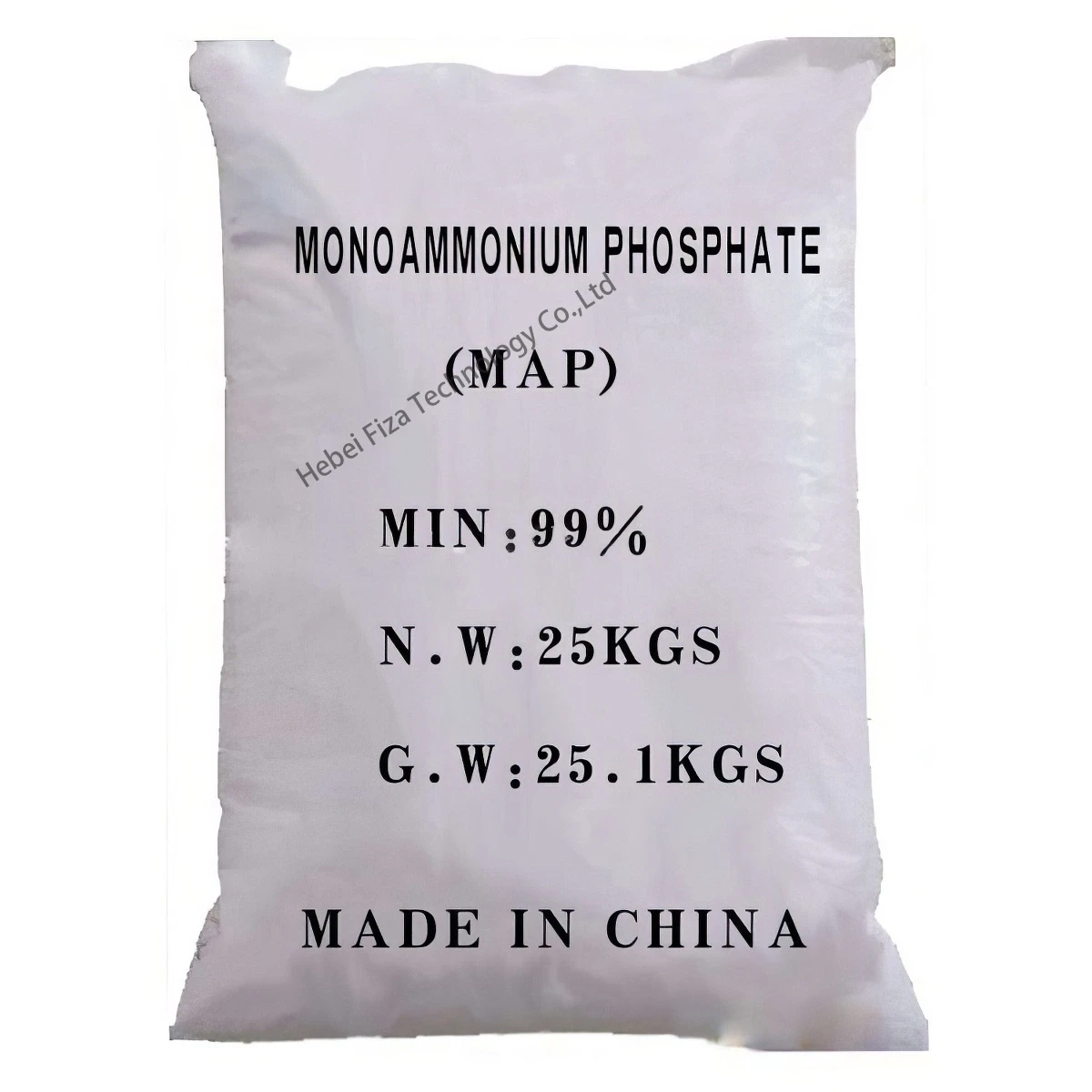



water treatment chemicals
Water Treatment Chemicals An Essential Component of Modern Water Management
Water is a fundamental resource for life, industry, and agriculture. However, the presence of contaminants in water sources often necessitates the use of water treatment chemicals to ensure its safety, quality, and suitability for consumption and use. The application of these chemicals in various stages of water treatment processes enhances the ability to manage and mitigate the risks associated with polluted water supplies. This article delves into the different types of water treatment chemicals, their roles, effectiveness, and the challenges associated with their use.
Types of Water Treatment Chemicals
Water treatment chemicals can be broadly categorized based on their roles in the water purification process
. Some of the main types include1. Coagulants and Flocculants Coagulation and flocculation are critical processes used to remove suspended solids and impurities from water. Coagulants, such as aluminum sulfate (alum) and ferric chloride, destabilize colloidal particles, allowing them to clump together. This is followed by the addition of flocculants, which agglomerate the coalesced particles into larger flocs that can be easily removed through sedimentation or filtration.
2. Disinfectants Ensuring that water is free from pathogens is paramount for public health. Disinfectants such as chlorine, chloramine, and ozone are commonly used to eliminate harmful microorganisms. Each disinfectant has its advantages and disadvantages; for instance, chlorine is highly effective and inexpensive, but it can produce harmful byproducts, necessitating careful management.
3. pH Regulators The pH level of water plays a significant role in solubility and potential corrosion of pipes and equipment. Chemicals like sulfuric acid or sodium hydroxide are used to adjust the pH of water, helping to prevent corrosion and scaling while ensuring optimal conditions for other treatment chemicals.
4. Corrosion Inhibitors In many water distribution systems, corrosion of pipes can lead to the leaching of metals and other contaminants into the water supply. Corrosion inhibitors, such as phosphates, are added to combat this issue, ensuring that the water remains safe for consumption and the infrastructure remains intact.
5. Scale Inhibitors Scale formation can restrict water flow and decrease the efficiency of water systems. Chemicals like polyphosphates and phosphonates can prevent the crystallization of minerals, thus minimizing scaling issues in pipes and other equipment.
water treatment chemicals

The Importance of Water Treatment Chemicals
The use of water treatment chemicals is vital in ensuring a clean and safe water supply. Contaminated water can lead to serious health risks, including waterborne diseases. The application of appropriate treatment chemicals not only addresses immediate contamination concerns but also enhances the overall efficiency of water treatment processes, leading to better resource management and improved public health outcomes.
Moreover, as environmental regulations become more stringent, the demand for advanced water treatment techniques, including the use of specialized chemicals, has increased. Industries and municipalities are continually seeking efficient and cost-effective solutions to treat their water supplies while adhering to these regulations.
Challenges and Considerations
Despite the benefits, the implementation of water treatment chemicals is not without challenges. One issue is the potential formation of harmful byproducts resulting from reactions between treatment chemicals and natural organic matter in water. For example, the chlorination process can lead to the formation of trihalomethanes (THMs), which are known carcinogens.
Additionally, there are concerns regarding the environmental impact of certain water treatment chemicals, particularly concerning their disposal. The accumulation of residual chemicals in the environment can lead to pollution of aquatic ecosystems and contribute to broader environmental degradation.
To mitigate these challenges, ongoing research and development are essential. Innovations in treatment technologies, such as the use of advanced oxidation processes and bio-based materials, are being explored to enhance the effectiveness of water treatment while minimizing negative impacts on health and the environment.
Conclusion
Water treatment chemicals play a crucial role in safeguarding our water supplies. As the demand for clean water continues to rise globally, understanding the various types of chemicals and their applications is paramount. By employing effective treatment methods and continuously innovating, we can ensure that water remains a safe and accessible resource for future generations.
-
Why Sodium Persulfate Is Everywhere NowNewsJul.07,2025
-
Why Polyacrylamide Is in High DemandNewsJul.07,2025
-
Understanding Paint Chemicals and Their ApplicationsNewsJul.07,2025
-
Smart Use Of Mining ChemicalsNewsJul.07,2025
-
Practical Uses of Potassium MonopersulfateNewsJul.07,2025
-
Agrochemicals In Real FarmingNewsJul.07,2025
-
Sodium Chlorite Hot UsesNewsJul.01,2025










